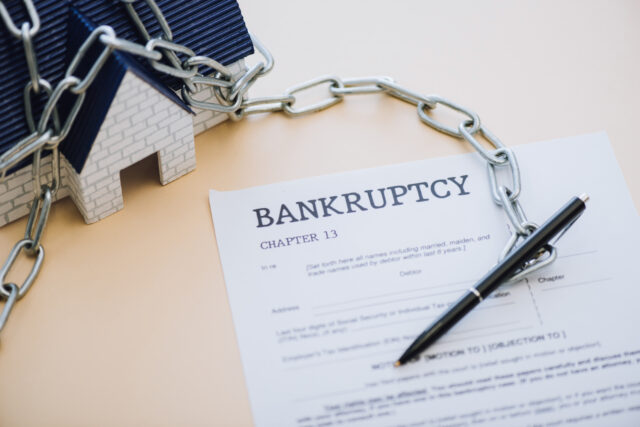Filing for bankruptcy is a major decision with significant consequences, both immediate and long-term. If you’ve filed for bankruptcy in the past, you might be wondering if there are limitations on how many times you can seek bankruptcy protection. Unfortunately, the answer is not straightforward, as it depends on several factors, including the type of bankruptcy you’ve filed for in the past, the time that has elapsed since your previous filings, and the specific circumstances surrounding your financial situation. Please continue reading as we explore the potential implications of multiple bankruptcy filings and how our adept Gillette Bankruptcy Lawyers can assist you in navigating these difficult times.
What Are the Chapters of Bankruptcy I Can Pursue in Wyoming?
In the United States, there are several different types of bankruptcy, each with its own eligibility requirements, procedures, and potential outcomes. The most common types of bankruptcy are Chapter 7 and Chapter 13. Chapter 7 involves liquidating assets to pay off debts, whereas Chapter 13 involves creating a repayment plan to manage debts over a specific period. Chapter 7 bankruptcy is often utilized by those with low incomes who cannot afford to repay their debts. Chapter 13 bankruptcy is often used by businesses to restructure their debts while continuing their operations.
Upon the completion of a Chapter 7 or Chapter 13 bankruptcy case, your eligible debts will be discharged. This means that you will no longer be legally obligated to pay them. Keep in mind that certain types of debts, like child support and alimony, are typically not eliminated in either Chapter 7 or Chapter 13.
Is There a Limit to How Many Times I Can File for Bankruptcy?
There is no cap on the number of times that you can file for bankruptcy throughout your life. Essentially, you can file as many times as necessary. Despite being able to file for bankruptcy protection as many times as you need it, it’s important to note that the Bankruptcy Code imposes strict time restrictions on how frequently you can file for each type of bankruptcy. Waiting periods are established between bankruptcy filings to deter individuals from continually discharging debt after a previous case closes. It prevents abuse of the system.
The duration of the waiting period is contingent upon the chapter filed previously, and the chapter intended for the subsequent filing. You should note that the clock starts on the day you filed the previous bankruptcy case. These time limits for bankruptcy filings are as follows:
- Chapter 7 to another Chapter 7 bankruptcy: 8 years
- Chapter 7 filing for Chapter 13 bankruptcy: 4 years
- Chapter 13 filing for Chapter 13 bankruptcy: 6 years
- Chapter 13 to another Chapter 13 bankruptcy: 2 years
It’s imperative to understand that you are expected to make your best efforts to pay off bankruptcy in between filings. In addition, if the court dismisses your case without a discharge because you failed to comply with a court order, you will need to wait 180 days before you can file for bankruptcy again.
Given the complexities of this process, please don’t hesitate to contact our skilled lawyers at 307 Bankruptcy for a free consultation. Our legal team is prepared to inform you of your legal options. Connect with our firm today for guidance and support.



